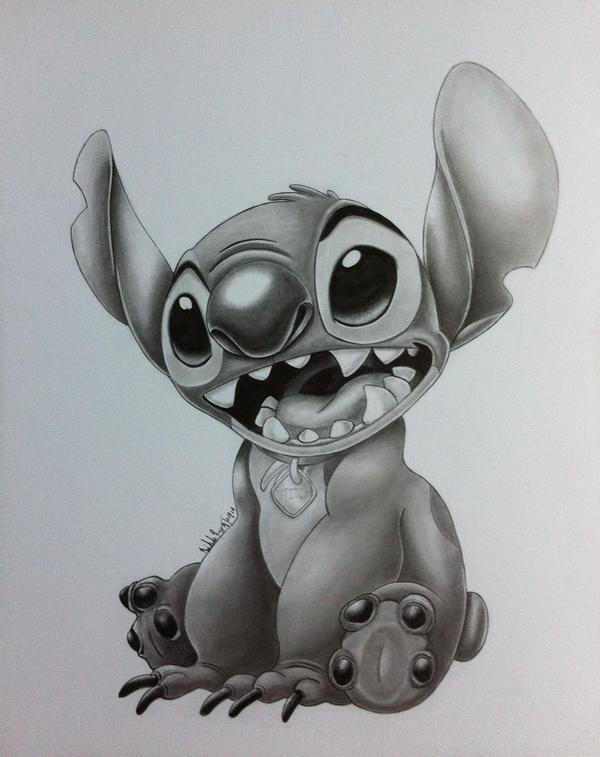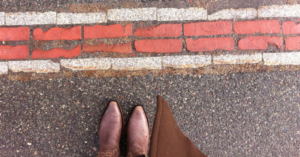Unleashing Your Creativity: Exploring the Art of Stitch Sketching
6 min read
9dbfb807vat51
Need a break from the tried-and-true methods of drawing? Are you in search of a fresh outlet for your imagination? The next step is to immerse yourself in the fascinating world of stitch sketching! There are limitless ways to express your creative vision in this innovative art form that combines the freedom of sketching with the beauty of embroidery. In this article, we will delve into the concept of stitch sketching, its intriguing history, and how it can inspire artists to tap into their full creative potential. Embark on a thrilling adventure into the art of stitch sketching with me as I grab my needle and thread!
Where did the practice of stitch sketching come from?
Could you tell me what stitch sketching is and how it came to be? A hybrid art form that incorporates drawing and embroidery, stitch sketching goes by several names, including thread painting and needle painting. Beautiful works of textile art can be made by employing a variety of stitches to draw elaborate patterns on cloth.
Stitch sketching has been around for a long time, ever since people started using decorative stitching to adorn their clothes and home goods. Nonetheless, contemporary stitch sketching as we understand it today became popular in the latter part of the twentieth century.
Artists began to play around with various threads and stitches to make intricate designs on cloth. Because of this novel combination of embroidery and illustration, artists were able to unleash their imaginations in previously unimaginable ways.
Stitch sketching is a great alternative to traditional drawing methods for artists who want to capture shading, textures, and fine details. Artists can give their designs more depth and dimension by using a variety of stitches, such as satin stitch, long and short stitch, or French knots.
Contemporary stitch sketching has developed into a groundbreaking art form that promotes artistic expression and pushes boundaries, although its roots may be in traditional embroidery techniques. Contemporary artists all over the globe are enchanted by stitch sketching due to its long history and boundless potential for artistic expression.
Why Stitch Sketching Is Beneficial
There are many advantages to learning stitch sketching beyond just making lovely designs. Combining sketching and stitching can open up new avenues of creativity for artists of all skill levels.
The adaptability of stitch sketching is a major plus. The possibilities are practically limitless when all you need is fabric, thread, and a needle and thread. To give your creations more dimension and texture, try experimenting with various stitches and techniques. You are able to let your guard down and express yourself fully in this medium, unlike with more conventional forms of art.
Similarly, stitch sketching can help you relax and focus on the present moment. Concentrating on the act of stitching itself can bring about a meditative state of mind. Research has demonstrated that the calming effects of stitching can be felt throughout the body.
Stitch sketching has additional advantages, such as promoting resourcefulness through the creative use of seemingly useless materials. Not only does reusing and recycling textiles help the environment, but it also forces you to think outside of the box.
Because of the time and effort required to complete complex designs, stitch sketching is also a great way to practice patience and persistence. Lessons in paying close attention to detail and enjoying the fruits of laborious project completion are abundant in this.
Finally, stitch sketching is a great way to express yourself with simple materials that are always on hand, and it has many benefits, like increasing creativity and mindfulness. Therefore, why not attempt it? Try your hand at this one-of-a-kind art form that combines stitching and drawing right now!
A Primer on Stitch Sketching Methods and Stitches
Stitch sketching is an excellent way to give life to your designs with the help of a few simple techniques and stitches. When drawing stitches, the backstitch is a typical tool to have on hand. You can easily create clean, crisp lines with this simple stitch that is versatile.
The satin stitch is another common method for stitch sketching. Filling in a space with parallel rows of stitches forms a solid and smooth surface; this stitch is used for that purpose. Use it to give your designs a splash of color or some texture.
For those looking to add dimension and texture, the French knot is an excellent choice. By wrapping your thread around the needle multiple times before pulling it through, you can create small raised dots that can mimic everything from flower petals to freckles.
If you’re feeling adventurous, why not try incorporating some decorative stitches into your stitch sketches? Stitches like the chain stitch or feather stitch can add a unique flair to your designs and take them to another level.
Remember, practice makes perfect when it comes to mastering these basic techniques and stitches. Experiment with different threads, fabrics, and colors until you find what works best for you. So grab your needles and let your creativity flow as you explore the art of Stitch Sketching!
Advanced Techniques and Tips for Creating Detailed Designs
When it comes to stitch sketching, there are endless possibilities for creating intricate and detailed designs. If you’re ready to take your skills to the next level, here are some advanced techniques and tips that will help you unleash your creativity.
- Layering: Experiment with layering different stitches and thread colors to add depth and dimension to your designs. By combining various textures and shades, you can create visually stunning pieces that truly stand out.
- Embellishments: Don’t be afraid to incorporate embellishments into your stitch sketches. Consider adding beads, sequins, or even small fabric appliques for an extra touch of elegance or playfulness.
- Mixed Media: Expand your horizons by exploring other art forms alongside stitch sketching. Incorporate elements such as watercolor paints, ink pens, or collage materials into your designs for a unique mixed media approach.
- Free Motion Stitching: Take advantage of free motion stitching techniques to create flowing lines and intricate patterns with ease. This technique allows you greater control over the direction and movement of your stitches.
- Experimentation: Push the boundaries of traditional stitching by experimenting with unconventional materials like wire or ribbon in combination with embroidery threads. Embrace the unexpected results that come from stepping outside of the norm.
Remember, practice makes perfect! The more you experiment with these advanced techniques, the more confident you’ll become in creating detailed designs that reflect your unique artistic vision.
Conclusion: Embrace Your Creativity with
Stitch sketching is a unique and captivating art form that allows you to unleash your creativity in a truly distinct way. By combining the beauty of embroidery stitches with the freedom of sketching, you can create stunning designs that showcase your artistic vision.
Whether you’re a beginner or an experienced artist, stitch sketching offers countless benefits. It provides a therapeutic outlet for stress relief and relaxation while also stimulating your imagination. The versatility of this technique allows you to experiment with different materials, colors, and stitches, opening up endless possibilities for creativity.
To get started with stitch sketching, familiarize yourself with some basic techniques and stitches. Begin by selecting the right fabric and thread for your project and learn how to transfer your design onto the fabric effectively. Experiment with simple stitches like backstitch, running stitch, satin stitch, or French knots to add texture and depth to your sketches.
As you become more comfortable with the basics, don’t be afraid to explore advanced techniques and tips for creating detailed designs. Incorporate different types of embroidery threads such as metallic or variegated threads to add visual interest. Experiment with layering stitches or incorporating mixed media elements like beads or sequins into your artwork.
Remember that practice makes perfect! Allow yourself room for experimentation and growth as an artist. Don’t worry about making mistakes; they often lead to unexpected discoveries that can take your stitch sketches in exciting new directions.
Embracing the art of stitch sketching opens up endless opportunities for self-expression within a vibrant community of fellow artists who share their work online through blogs, social media platforms like Instagram or Pinterest—where you can find inspiration from others’ creations
So why not pick up a needle and thread today? Unleash your creativity through stitching sketches on fabric canvas—discover the joy of bringing together two timeless crafts into one unique artistic expression!
Start small if necessary; even a simple flower or geometric pattern can be transformed into a masterpiece with the right combination







